From Amanda's Album
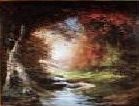
WIP: Scenes from Fatal Romance
Oil painting of a forest in Virginia by Lucien Whiting Powell (1846-1930). Collectors of Powell's paintings included President Theodore Roosevelt and FBI Director J. Edgar Hoover.

Hall of Justice, San Francisco, 2010.

The Golden Gate Bridge is labeled the world's number one suicide site with around 20 suicides per year. Harvey Hagupane's poem "The Lure of the Golden Gate" depicts the spell that the bridge cast over him.
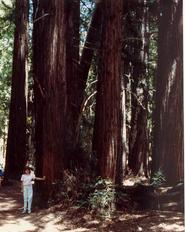
Redwood Forest, California

Missy, adopted by Amanda from animal shelter.
(photo courtesy of pixabay.com)

The popular Glade Creek Grist Mill in West Virginia (photo courtesy of pixabay.com) is similar to the mill at Willow Glade in Northern Virginia. [Willow Glade was inspired by Bill Peet's Farewell to Shady Glade.]
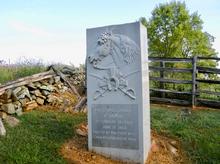
WIP: Scenes from Vengeance
The Battle of Aldie monument, Aldie, Virginia, 2016. At this site, the conspirators planned revenge on the bullies, the plot spiraling out of control at their ten-year class reunion

Aldie battlefield still looks in 2018 as it did when the Battle of Aldie, aka Battle of the Haystacks, took place in June 1863. In this cavalry charge, Gen. George Armstrong Custer and Col. Luigi Palma di Cesnola of the Union forces distinguished themselves.
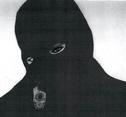
Image drawn by a witness of one of the gunmen who crashed the reunion.
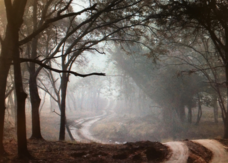
A road leading to Sunset Lodge. Author Herman Melville received inspiration for his poem "The Scout Toward Aldie" in this area while he accompanied the poet James Russell Lowell, commander of the 2nd Massachusetts Cavalry, on a mission to capture Col. John Singleton Mosby aka the Gray Ghost.

A reenactment in Northern Virginia. These tents are authentic replicas of those used by soldiers during the Civil War. They are available from various sutlers. For more about reenactments, see OP page.

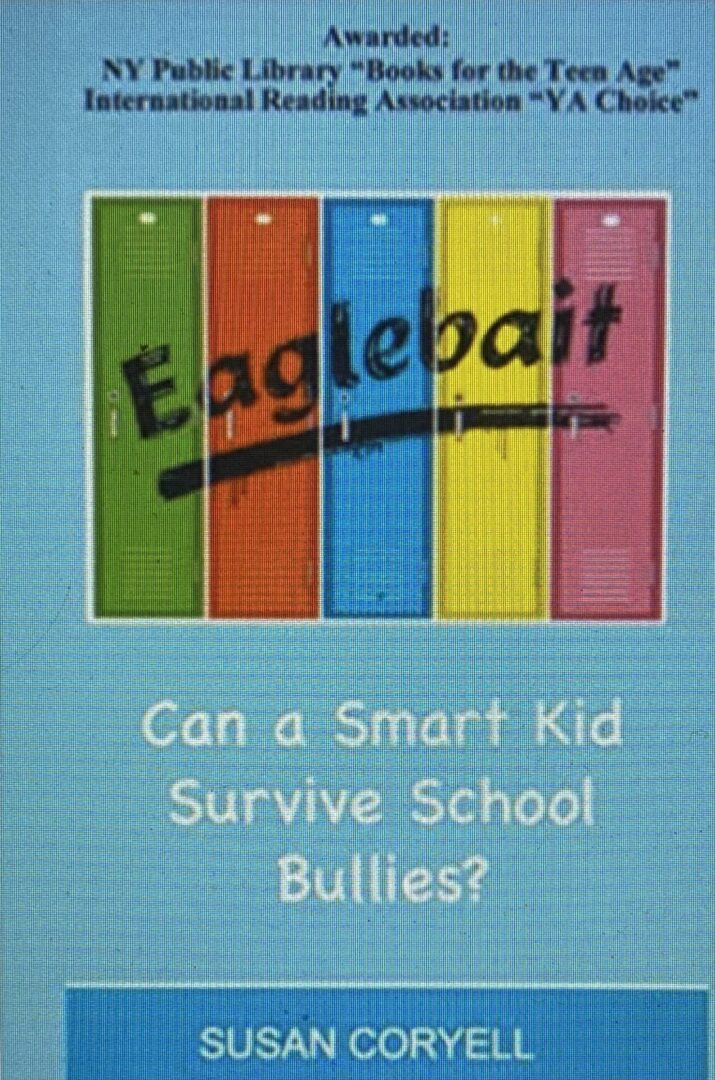
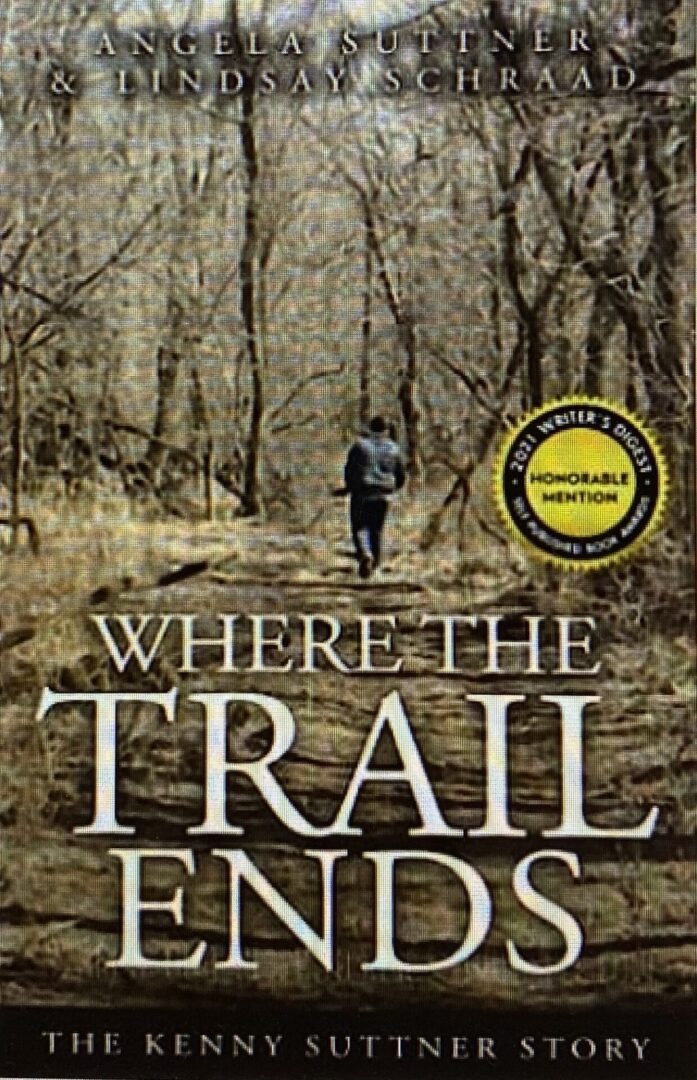
Brooke Brown's Tonkinese cat Keres, named after chess Grand Master Paul Keres.
Reflections on Bullying
Miss USA 2019, Cheslie Corinne Kryst, 30, had it all. She was successful, intelligent, beautiful, and loved by her family and friends. None of this, however, alleviated the torment she suffered from cyberbullying. She jumped from the 9th floor of her Manhattan apartment building in 2022.
These heartbreaking stories about victims of bullying keep making headlines, their names soon forgotten as new ones take their place. How many still remember the pretty Angelina "Angel" Green, 14, of West Lafayette, Indiana? She endured bullying for two years at school and over the Internet because of her red hair, freckles, weight, and her father's arrest for hitting her. In March 2013, she hanged herself from a tree, leaving a suicide note telling of the pain caused by her tormentors. Her death led to the passage of Indiana House Bill 1423, which critics maintain failed to go far enough.
Contradictory findings exist regarding the prevalence of bullying because of variations in sampling and the definition of bullying. Some researchers define it so broadly (have included even cases of one-time name-calling) as to make it useless. National Center for Education Statistics (NCES) found that bullying peaks in middle school, with 6th grade students reporting the highest percentage. Bullies come in all ages and socio-economic status and can be encountered across the globe at schools, the workplace, and one's neighborhood. Cult leader David Koresh was bullied at home by his mother's lovers and at school. Cyberbullying is increasing and is most prevalent in India, Brazil, and the United States.
How victims react to bullying depends on many factors such as personality, age, presence of a support group, and severity of the harassment. Some resort to cutting, drugs, suicide, or spree killings. Bryan Kochberger, charged with the homicide of four University of Idaho students, was bullied at an early age and became a bully during his senior year in high school.
Other victims flourish in spite of or because of the bullying. Elon Musk (1971- ), the world's richest man, was relentlessly bullied at school. Col. John Singleton Mosby (1833-1916) had to fight off bullies from the first grade until college where he took extreme action. Author Madeline L'Engle (1918-2007) suffered harassment while in the fourth grade. Filmmaker Stephen Spielberg (1946-) was the target of bullies at school and in his neighborhood.
Celebrity makeup artist Kevyn Aucoin (1962-2002) dropped out of school and left town to escape the hate. Supermodel/entrepreneur Kathy Ireland (1963-) agonized over being bullied and having no friends during her teen years but later saw it as a blessing in disguise, believing it saved her from drugs. Miss America 2003 Erika Harold (1980-), now an attorney, suffered constant bullying, including death threats, at a school for the gifted, forcing her to change to a public school. She became an effective advocate for anti-bullying.
While bullies tend to target individuals with certain traits - such as those who are meek, non-athletic, below average in height, loners, or perceived as "different" or not cool - almost anybody can become the target. Victims have included popular athletes, other bullies, and the rich and famous such as the 65-year-old cosmetic surgeon, Dr. Frederic Brandt, one of the first to use Botox and fillers. Tina Fey's comedy series, Unbreakable Kimmy Schmidt, presented what those close to Brandt alleged to be a cruel caricature of him that fueled hatred. Cyberbullies mocked his bleached hair, preference for younger men, and for often undergoing cosmetic procedures, calling him grotesque. This devastated him, and he texted a friend, "I'm so upset I'm a freak." A patient said he wept in front of her and complained "how awful the public was and how mean people were." In April 2015, he hanged himself in the garage of his Miami, Florida mansion. Although he left no suicide note, his friends are convinced that bullying drove him to end his life.
Many bullies are consumed with hatred and unleash their venom on those who have done them no harm. Their actions often go beyond verbal harassment. Occasionally, they resort to murder. Samuel Reynolds, 16, of Arlington, Texas stopped a bully, 15, from beating a smaller boy. The bully then began to harass Samuel and shot him on February 6, 2020, the premeditated murder caught by a surveillance camera. Bailey O'Neill, an honor student, Darby Township, Pennsylvania, declined to fight when challenged by two bullies bigger than he. A video revealed that he didn't even defend himself during the attack - he wanted to avoid fighting placed on his school record. After two months in a coma, he died on March 3, 2013, the day after his 12th birthday. His 12-year-old killer received only 24 hours of community service.
The Bullying of Richard Jewell
Richard Jewell (1962-2007) was a heroic security guard/police officer whose quick-witted response to discovering explosives saved thousands of lives at Atlanta's Centennial Olympic Park in 1996. Yet the media relentlessly mocked his appearance and personal life; used leaks from law enforcement to lodge baseless innuendoes; compared him to the Unabomber and child serial killer Wayne Williams, and one talk-show host even called for his public execution.
Why harass this brave and decent person? Was it because he wasn't cool or made an easy target? The critically-acclaimed film, Richard Jewell, released in December 2019, reveals the vulnerability of individuals when they fall into the crosshairs of the media and the FBI. Eric Rudolph, the real culprit who would carry out three more bombings and elude law enforcement for nearly seven years, drew relatively little media wrath and none of the mocking directed at Jewell.
Bullying in Fiction & Nonfiction
The abundance of books and articles focused on bullying testifies to the widespread interest in the topic. Genres include children's books, such as The Berenstain Bears Stand Up to Bullying; numerous YA novels; self-help/instruction books; mysteries; and literary fiction.
Some victims wait years, even decades, to seek revenge. This theme appears in Allen Kurzweil's Whipping Boy: The Forty-Year Search for My Twelve-Year-Old Bully, winner of the 2016 Edgar Award for true crime. Although Kurtzweil suffered mild harassment compared to many other victims, he became obsessed with seeking retribution, and it consumed his life. Jodi Picoult's bestseller, Nineteen Minutes, explores the devastating consequences of bullying, her children's painful experiences inspiring the novel. And Yrsa Sigurdardóttir's riveting mystery, The Absolution, focuses on the vengeance it unleashes.
Jim Schutze's Bully: A True Story of High School Revenge describes the murder of Bobby Kent (né Khayam), a steroid user who tormented even his best friend. Harry N. MacLean's In Broad Daylight: A Murder in Skidmore, Missouri, winner of the 1989 Edgar Award for true crime, highlights the terror inflicted on a small-town by a bully. Jennifer Fraser's The Bullied Brain: Heal Your Scars and Restore Your Health states that bullying has become an epidemic among children and may result in harmful neurological scars.
Books can make a difference. R. J. Palacio's Wonder, a novel for ages 8 to 12, depicts the challenges encountered by a boy with facial differences. This best-seller inspired the Choose Kind Movement, founded by film producer Premila Puri, who was bullied at school.
The most famous book on bullying remains Charles Dickens's Oliver Twist, which exposed the cruel treatment of orphans in London's workhouses. First published as a series during 1837-1839, this classic has never gone out of print. It produced debates and changed views about the treatment of the poor.
Assistance for Victims
Help is available to victims of bullying from Stop Bullying Now at 1-800-273-8255 and the Suicide and Crisis Lifeline at 988, which is toll-free and available 24/7. Youngsters, parents, schools, and the public can obtain information from stopbullying.gov/resources. Also, many other sites and publications give advice.
In 2006, October was designated as National Bullying Prevention Month to raise awareness of bullying - an important step in prevention. Concerned over the growth of cyberbully and suicides, such as of Cheslie Kryst and Maureen Callahan, growing number of people want Big Tech be treated like Big Tobacco. Overall, the plethora of advice regarding bullying ranges from common sense (tell parents, school counselors, or supervisors) to controversial ones, some even counterproductive or incorporating unrelated agendas that weaken the goal.